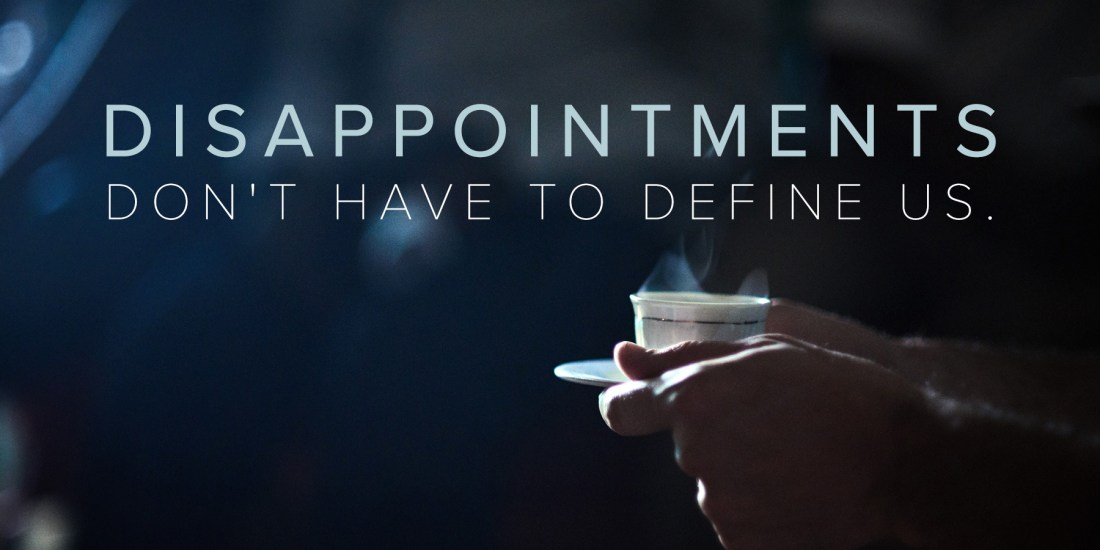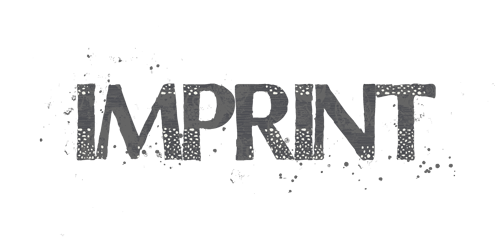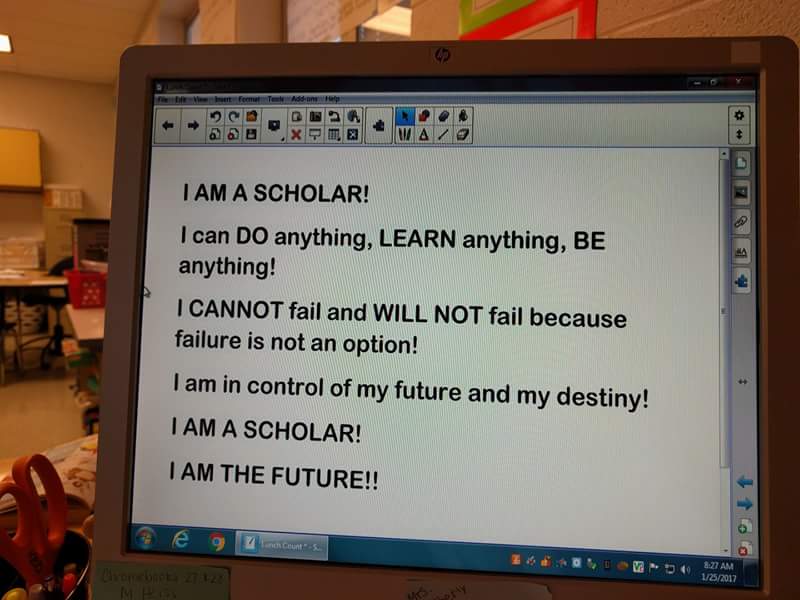
Over the last year, I have worked diligently to reach newer heights. I added to my consulting business portfolio by becoming a National Trainer through the Center for Teacher Effectiveness (CTE). I also became inundated with the task of perfecting a professional development session focused on teacher efficacy, student engagement, and motivation. Keep in mind, I have led professional development sessions locally, but had not yet taken on the challenge of presenting at the state level. That all changed this last year. I was both honored and privileged to have my presentation/proposal accepted at four state teacher/administrator conferences! I didn’t expect it to happen so quickly, but now here I was preparing to present at four very established state conferences.
Have you ever prepared for something for so long that everything just seemed to fall right into place? I mean, the presentation looks great, it sounds great, and in your mind, you envision everything running smooth as pudding? This has been my experience and has led to an exceptionally eye-opening year to say the least! The opportunity to share my knowledge at the state level has the potential to finally boost my business to the next level. The mere conception of reaching districts beyond my locality has become intoxicating! I instantly become inspired by the expansive impact I would be able to make within neighboring states and communities. Needless to say, however, what was to be an exhilarating experience evolved into an overwhelmingly stressful, anxiety laden test that would become a lesson lying in wait.
I’ve been wanting to write for the longest, but for some reason, working to build the public speaking portion of my business left my voice silenced, ironically enough. The emphasis on making sure just the right slides were included, that each annotation was accurate, and each objective was being met loomed over me. It may be difficult to understand, but while I was organizing and reorganizing slides, I began to feel a great deal of pressure. It was really all I thought about in my spare time and I became almost obsessive about the entire presentation. There was a lot of research and great detail placed into making certain the session was just right. It needed to be perfect!
However, in my reflection of this past year, I finally have something to share with all of you, and that is this… disappointments can only define us, if we allow them! Think about that statement, then, think about the many successes you have achieved. Should one disappointment negate all of those?
Last summer, around this time, I created a professional development presentation focused on teacher efficacy, student engagement and motivation. My proposal was accepted for the very first time to present in October (2017) in Columbus, Ohio at the Fall Title I Conference. I was incredibly excited, yet, also nervous. Not about the content I was sharing, but more about how it would be received. I presented by myself, as I typically do, and I began to feel a tremendous amount of apprehension. The presentation went pretty well, but I sensed that I was not reaching some of the participants, particularly those that were administrators. My target audience had been teachers up to this point and teachers have been extremely receptive of the material. I found that I was a much harsher critic of myself than those I presented to because feedback and evaluation ratings from them were high. Very high! It was a confidence booster that I did not realize I needed! I became even more elated when as a direct result of this presentation, I was invited to speak at the spring Title I Conference in May! I thought to myself, I have finally created a platform for myself to reach educators across the state!
While I was looking forward to May 2018 and the future presentation I would deliver, I still had to present in February 2018 at the conference for Teachers of English Language Arts. This conference was very involved and my presentation was even more well received. There was standing room only and participants were extremely engaged! I was able to share a couple of strategies, but the discussion was so interesting, we not only lost track of time, but also ran out of time! A Board member spoke so highly of the session that she suggested more time for me next year! Great! I will be there! I am feeling very confident about the direction my business is heading after this conference. I should have known that disappointment was lingering nearby just waiting to pounce on me and wear down the high level of efficacy I have worked hard to build.
By the time I get back to the Title I conference in May, something was feeling off. I was distressed, but I am not sure why. Perhaps it was from the stress of the school year wearing on my spirit; the desolate feeling I had being at this conference and every conference prior; or perhaps it’s the sudden inadequacy I was feeling as a lone presenter or regarding my presentation itself, as the case may be. I cannot pinpoint exactly what brought on this unsettling mood, but there is definitely something happening. Although it wasn’t the best, I believe I was still able to meet the basic objective of the presentation. Participants seemed to leave with a basic understanding of student engagement and motivation, as well as a couple of strategies to share, but something just did not feel right. I was definitely disappointed at the end of it, feeling that I had not given my best me. I immediately take participant feedback to revise the session to make it even better for the next presentation opportunity.
June 2018…my fourth and final presentation of the school year. This conference was with Elementary School Administrators and leaders. My biggest challenge yet. I felt good about it going in, but once I got there, the feeling of trepidation enshrouded my being. Perhaps it is because I am presenting to a new audience or because, in the back of my mind, I knew I was not fully prepared for this particular audience. In hindsight, I recognized there were steps missed to meet the capacity of this group. I talk myself down, thinking, “Things have been GREAT up to this point. You’re overreacting!” Oh, but, my gut was very aware of what was about to happen. The very first thing that happened was, I lost my voice just before the presentation began! Literally, lost my voice. It was awful!! It had to be a sign! Then, I began to sweat and watch the walls come tumbling down, figuratively speaking. I presented to the most difficult room I have had up to this point. Participants were in fact NOT engaged and the more I tried, the less they listened. There were more administrators in the room this time and the words coming out of my mouth did not seem to spark any wick of interest at all. I wanted to stop immediately, but I pressed on, thinking the entire time, “What is happening?” Disappointment had shown its face! I was so disappointed in myself. I was saddened that participants left unfed and disengaged; distressed that I was unable to shift the presentation enough to gain attention; and frustrated that even though I saw it coming, what I did to prepare for it just wasn’t enough.
I immediately begin to reflect. In fact, I have been reflecting for the last month over what I consider a “major” disappointment in my career. I reached out to my mentors for feedback about what I experienced. Receiving criticism, admitting defeat, accepting this “set back” as an opportunity for a come back was hard, but the fact of the matter is, disappointments are a normal part of life! While they are painful, for sure, they are necessary for growth. It is my belief that when you hold yourself to the same expectations day after day, week after week, disappointments are bound to make their way into your space, because one becomes complacent with what they are tasked to do. Think about this… if your expectations are the same day in and day out, they are bound to misalign with the needs of someone else. The implication of this is not that the end result will be different, however it does imply that the route you use to reach the goal may be (and, in fact, should be) different than the route you took before. Understand that this takes time, efficiency, and precision to ensure that each specific objective is met for the needs of the identified audience. Otherwise, disappointment is surely inevitable.
As a result of these personal learning opportunities, I have come to realize that my expectations were set to meet MY own needs and not the needs of those to whom I was speaking. The feeling of disappointment sensed that fragility in my session and pounced right at the perfect time. Now, what I thought were great experiences, became growth opportunities for me. Lessons in planning, public speaking, recognizing the needs of the audience, and lessons about myself as a growing entrepreneur, passionate about what I am creating and preparing. Rather than receiving these experiences as a lesson, I took them as progressive failures and personal attacks on my ability to teach and advocate for change. I was at an all time low and had allowed disappointment to define who I was as an educator and advocate.
No more! I refuse to allow disappointment to run my life and hinder my successes. I have come too far and accomplished too many positive things in this field to allow that to happen. So, I say to you, although it is often difficult to receive, let us welcome disappointments and use them as an opportunity for personal and professional growth. Disappointments compel you to redefine who you are in order to maintain engagement and relevance and it does so frequently. It can and it will define you and ruin you, but only if you allow it. Disappointments always linger in wait. When they come for you, listen, learn, change your route, then move onward and upward toward success.

















